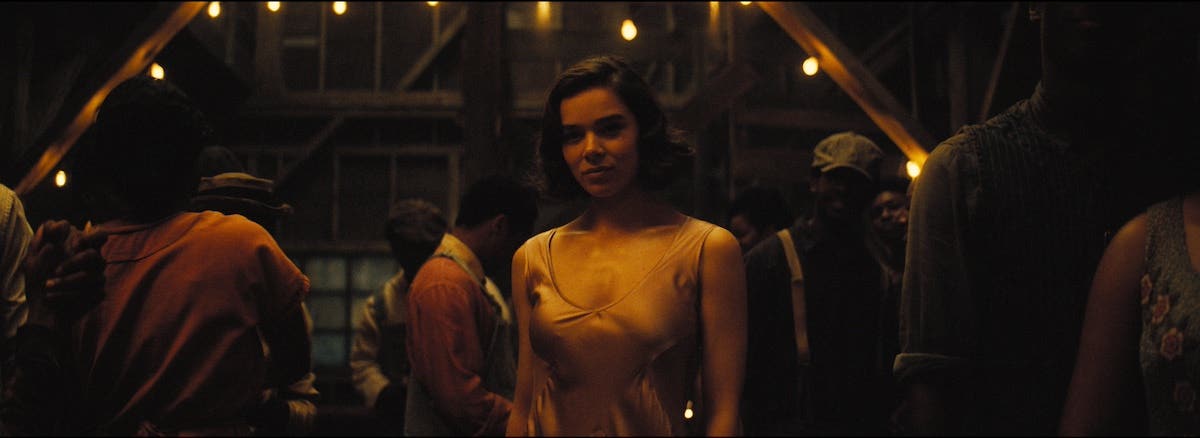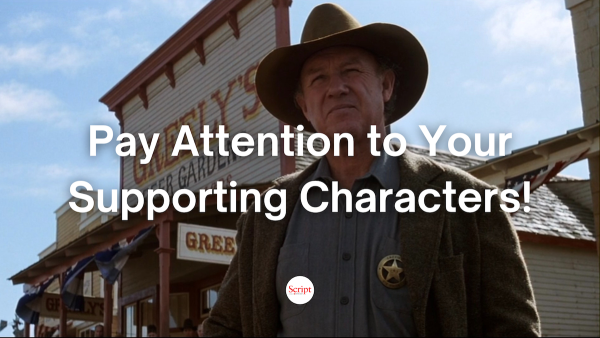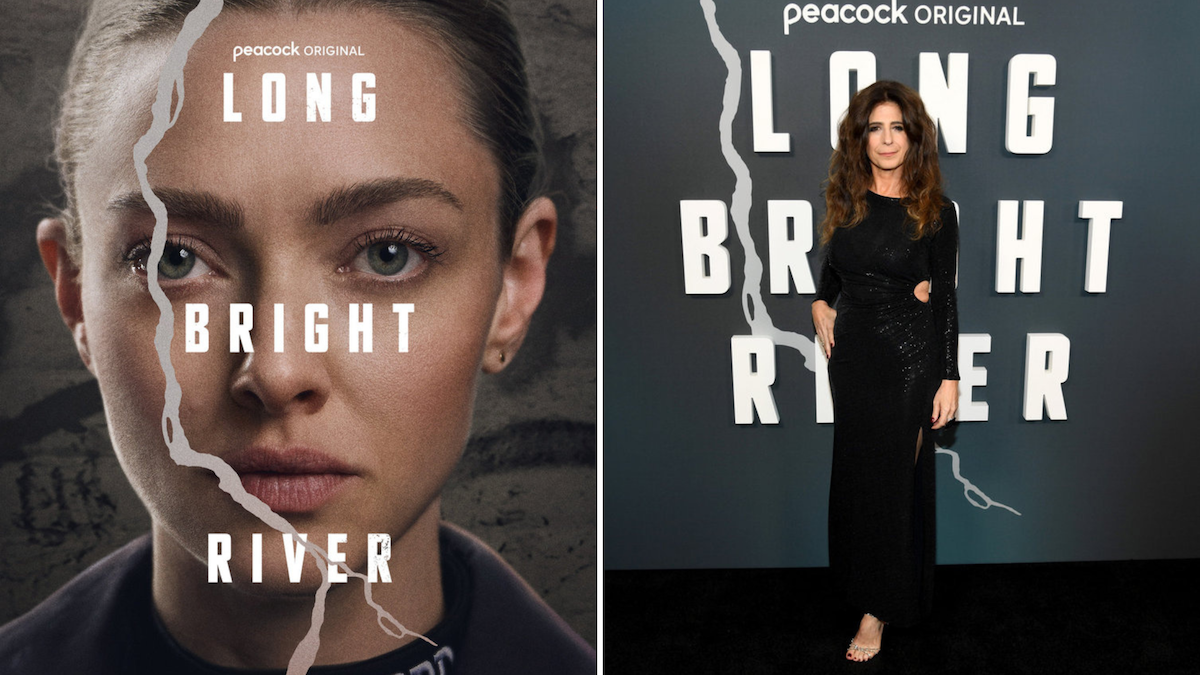Jeanne’s Screenwriting Tips: Character Evolution – Finding Your Character’s Wound
Character evolution is critical for writing a compelling story. Jeanne Veillette Bowerman gives advice on how to crawl inside your character’s head and discover their wounds.
Character evolution is critical for writing a compelling story. Jeanne Veillette Bowerman gives advice on how to crawl inside your character's head and discover their wounds.
We writers are beaten over the head with the need to make our protagonists evolve, but what does “character evolution” really mean?
Most people take character evolution at face value, creating a wound within their main character that has to be overcome in order for them to achieve their outer goal. A very simplistic example would be the hero searches for a treasure that’s discovered to be in a dark cave, but they’re afraid of the dark. They have to get over that fear and go deep into that ominous cave to get their mitts on the golden nuggets and live happily ever after. OK, I told you it was a simplistic example. Hopefully your screenplay is a little more complex and interesting than that.
Bottom-line: Inner goal is getting past the wound. Outer goal is whatever the big picture of the film is about.
So how do you figure out what a character’s inner wound is, and how can you use that wound to its full advantage?
Oh yeah, I’m bringing back the therapy couch.
It’s important to understand your character’s backstory in order to find the perfect flaw that will not only bring a layer of complexity and interest to your character, but will also elevate the stakes of your story.
Don’t pick a wussy wound like being afraid of the dark though. Find one that will give you opportunities for endless plot points to keep challenging that wound until your heroine finally has to face it in order to achieve her goals.
Think about your own wounds. What makes you tick? What affected you deeply as a child? What pushes your buttons and makes you want to recoil into a fetal position? What about your friends’ wounds? Surely you have a messed-up friend whose life is like a train wreck. No? Then go to a coffeeshop. The wounded breed there… just ask my “Panera Creeper” stalker. As a matter of fact, I’m staring at him right now. But that’s another post…
Let’s say your character never stands up to people, but what she wants and needs to achieve is going to require an incredible amount of personal strength and confrontation. The only way to help her might be to understand where that disease-to-please was born.
Perhaps she shared a bedroom with a sister who had Borderline Personality Disorder. One minute the sister loved her, the next minute she’d be screaming at her full of hate and rage. She never knew what mood would meet her at any given moment. How would that affect a small child’s psyche?
It might make her quiet or shy or draw her toward manipulative, controlling people because that’s her comfort zone, trying desperately to please everyone in her life so she could finally feel loved and accepted. Now imagine the potential for plot points, intertwining people with toxic energies into her life.
See how that works? Find out what her wound is and why it’s her wound, and you’ll get a plethora of potential conflicts to layer into your story. I already want to follow this woman and see her break out of old patterns.
Now, how do you get her past her wound?
There’s only one way – break her. Make her crack. Push her, not just to the edge, but push her over the edge. Get her to a place she feels completely destroyed.
And just when you think you have her in pieces on the floor, bring in… the wound *insert dramatic music*.
She has to face that fear of confrontation head on in order to overcome it. The narcissistic Borderline sister doesn’t even have to be alive or in the room, but some symbol of her does. She has to overcome what haunts her and what has kept her imprisoned in her childhood wound in order to find happiness as an adult. Confront the monster. Control it. Face it. Most importantly, survive it.
Brainstorm out the scariest situations she could possibly be in and then find a way to weave them into your story. That is how she will evolve.
The most important aspect of character evolution is creating it in such a way that the audience believes it to be real and lasting. We don’t want to watch someone “change” just for a moment. We want to know they have forever changed, hence empowering them from this day forward.
It’s not just big wounds that make characters interesting. Say you have a character who is indeed afraid of the dark, which is more of a quirk than a wound. But you could use that by always having her compulsively have to be near a doorway for a quick exit in any situation. Even her bed needs to be near a door. Just that one little detail adds a layer of tension to any scene that character is in. What would she do if she couldn't be near a door? Would she freak out? Would she yell out in a moment another character absolutely needs her to be quiet so as not to blow their cover?
It’s those little details that make stories interesting, at least for me. It’s part of why I love rewriting. That’s when I layer in detail after detail, like a sculptor molding her art.
Get out your writer's therapy couch. Put your characters on it, and talk with them about their childhood. Crawl in their heads. Dissect them. Learn who they are and what scares them to death.
When you do, your characters might teach you a thing or two about evolution you can use in your own life, not just in your writing.
How do you find ways to make your characters more interesting? I'd love to hear your tips and share them with our readers.
Give your great story the dynamic, fully fleshed out characters it deserves with Screenwriters University's online course How to Develop Psychological Backstories for Your Characters
REGISTER NOW!
Jeanne Veillette Bowerman is a Senior Executive at Pipeline Media Group and Book Pipeline, Editor-in-Chief of Pipeline Artists, Director of Symposium—a year-round conference in the arts, co-host "Reckless Creatives" podcast, partner at Fringe Press, former Editor-in-Chief of Script magazine and a former Senior Editor at Writer's Digest. Recognized as one of the "Top 10 Most Influential Screenwriting Bloggers," her "Balls of Steel" column was selected as recommended reading by Universal Writers Program. A compilation of her articles is now available at The Writers Store—Balls of Steel: The Screenwriter's Mindset. She is also Co-Founder and moderator of X's weekly screenwriters’ chat, #Scriptchat, and wrote the narrative adaptation of the Pulitzer Prize-winning book, Slavery by Another Name, with its author, Douglas A. Blackmon, former senior national correspondent of The Wall Street Journal. More information can be found on her website. X: @jeannevb | IG/Threads: @jeannevb_ | BlueSky: @jeannevb.bsky.social







